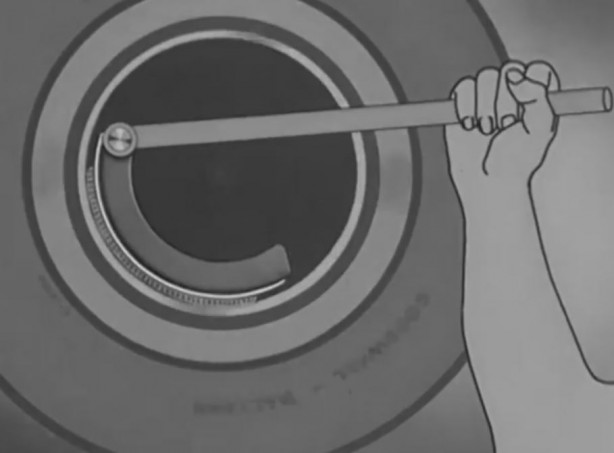The drum brake, while not as common as disk brakes in modern passenger cars, heavier vehicles such as 4X4’s and trucks still use them.
In case you’re not familiar with drum brake design, here’s a short summary before the video. The term “drum brake” actually refers to the barrel which contains the brake components. Inside the barrel, lye a set of “shoes” made up of a heat-resistant friction-building material. Upon applying brake pressure an intricate array of springs, tensioners and wires force the shoes up against the housing walls slowing the wheels and bringing the vehicle to a stop.
In modern vehicles, automakers often choose to mix braking systems with a front-disc/rear-drum arrangement. Often this is a cost cutting measure as using existing molds are often cheaper than than designing new ones. Some manufacturers justify the arrangement based on the increased life of the drum shoes. The increased service life is attributed to the front biased braking force; the rear brakes are not as primary to bringing a vehicle to a stop, they are more for vehicle stability under braking.
The video you are about to watch was produced by Jam Handy on behalf of Chevrolet. Jam uses simplistic models to demonstrate core fundamentals, as he progresses through the video, the explanations become more advanced and the concepts fall into place.
If you enjoy this video then check out Jam’s guide to the differential or transmission, he uses the very same technique of increasing complexity to explain them.
 ForceGT.com Car News, Car Reviews, Video Reviews, Tuning and much more.
ForceGT.com Car News, Car Reviews, Video Reviews, Tuning and much more. 